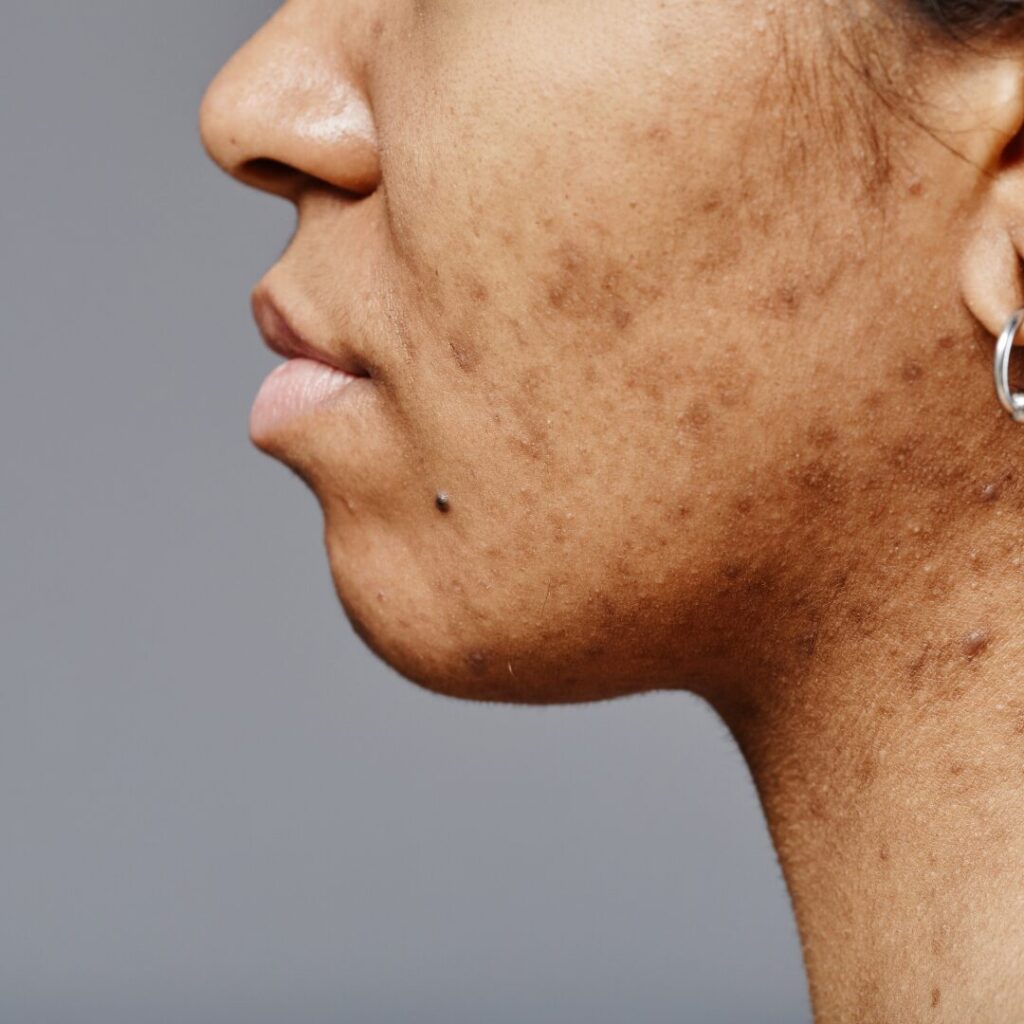Embark on a comprehensive exploration with Lilium Skin Clinic’s expertly curated guide to understanding and managing pigmentation concerns. Whether driven by genetic predisposition, sun exposure, hormonal changes, or inflammation, uneven skin tone and discoloration require a targeted, clinical approach. Our advanced treatment modalities—including laser therapy, chemical peels, and medical-grade skincare—are designed to correct pigmentation irregularities, regulate melanin production, and restore your skin’s clarity, balance, and radiant luminosity.

Pigmentation refers to the natural colour of your skin, which is determined by melanin—a pigment produced by cells called melanocytes. When melanin production becomes irregular, it can lead to pigmentation disorders, resulting in areas of the skin appearing darker (hyperpigmentation) or lighter (hypopigmentation) than the surrounding skin. Common pigmentation concerns include melasma, sunspots, age spots, and post-inflammatory hyperpigmentation. These conditions are often triggered by factors such as sun exposure, hormonal changes, inflammation, or genetic predisposition.
Prolonged and unprotected exposure to the sun’s UV rays triggers the production of melanin, the pigment responsible for skin color. This can lead to uneven pigmentation, such as sunspots or freckles
Fluctuations in hormone levels, such as during pregnancy, can stimulate the overproduction of melanin, causing conditions like Melasma
Genetic factors can determine an individual’s susceptibility to pigmentation concerns. People with a family history of pigmentation issues are more likely to develop them themselves
As the skin ages, its ability to regulate melanin production becomes less efficient. This can lead to the development of age spots or an overall uneven skin tone
Skin inflammation caused by acne, injuries, or skin conditions can lead to post-inflammatory hyperpigmentation, where dark spots form as the skin heals